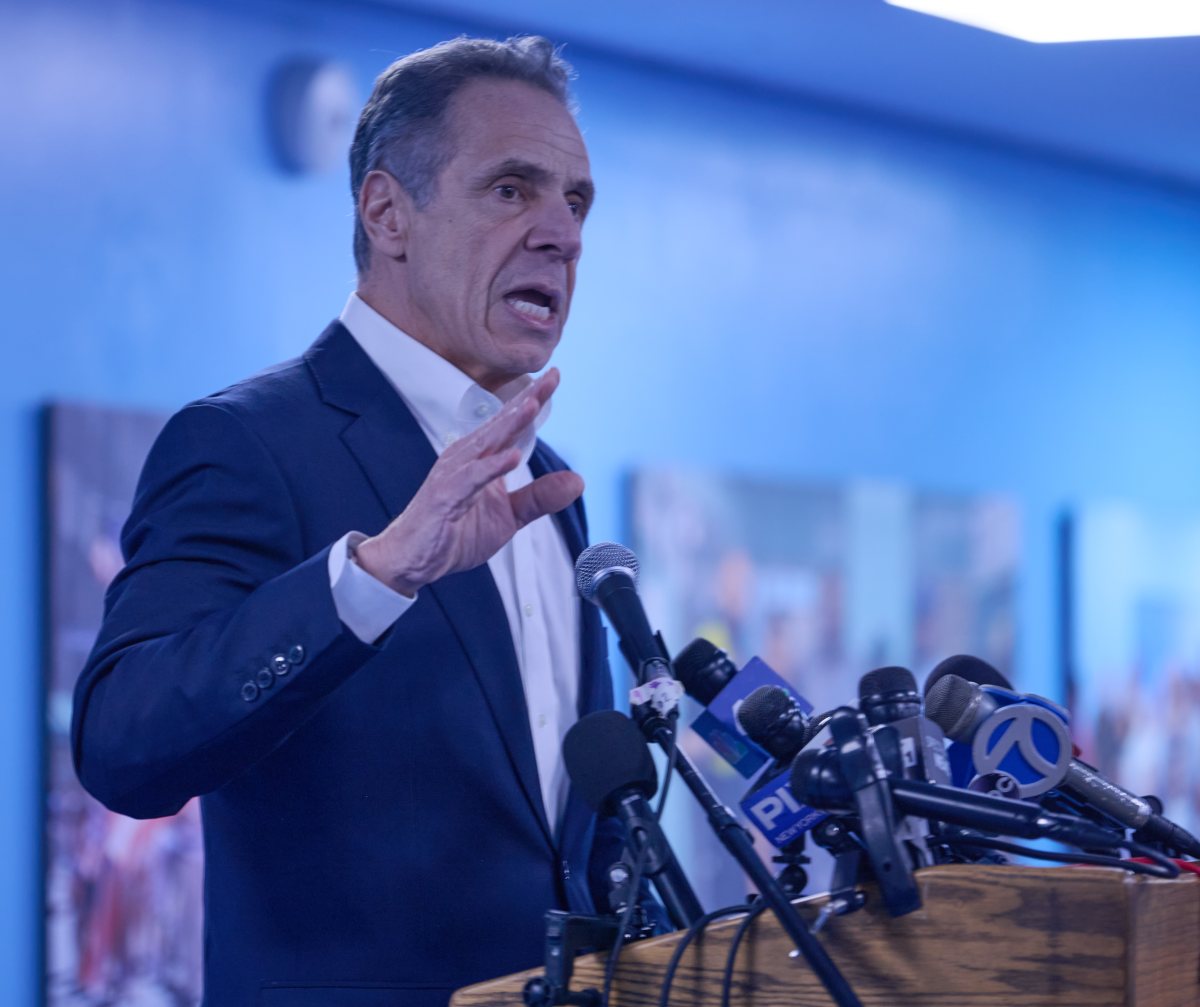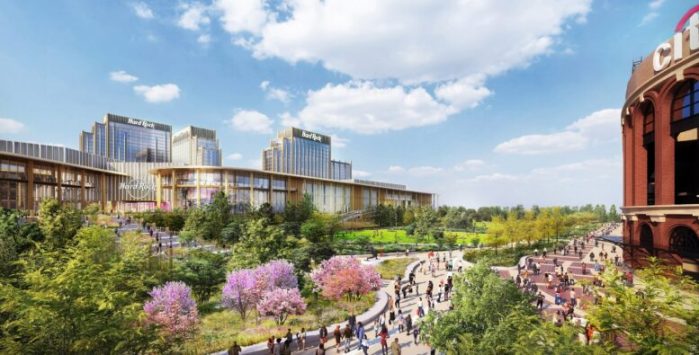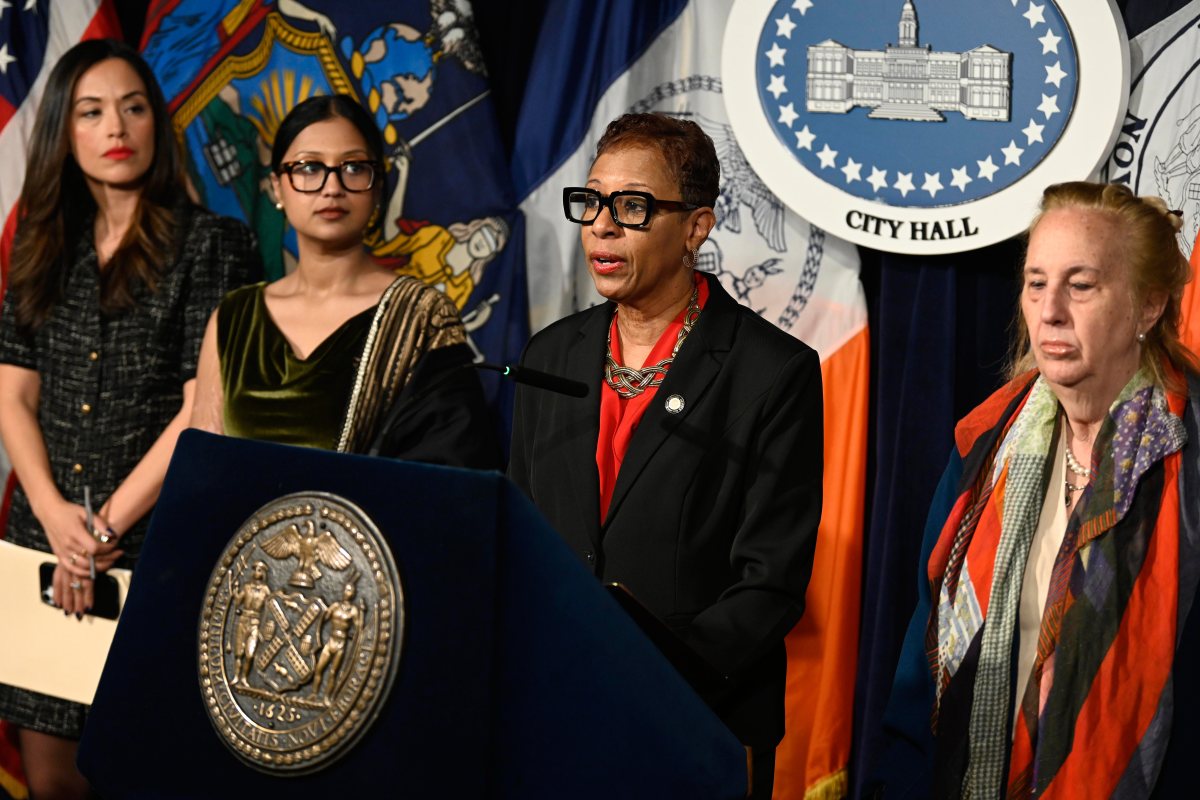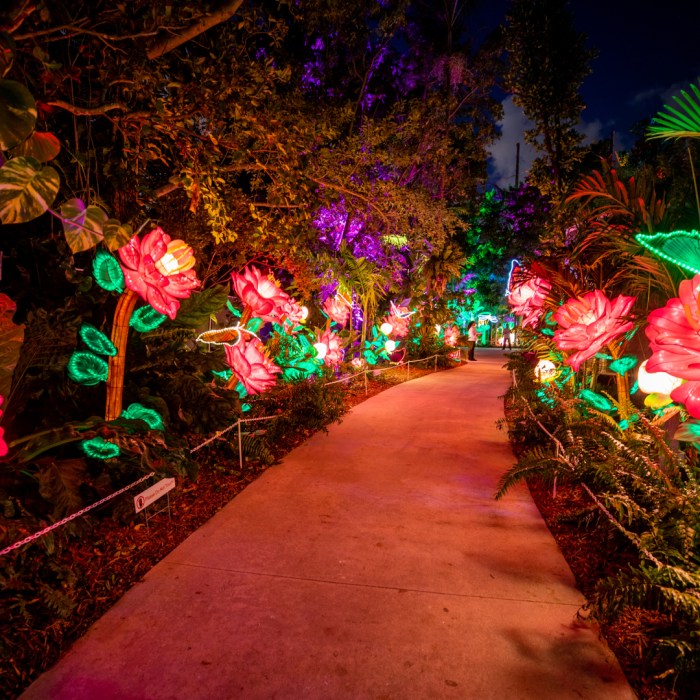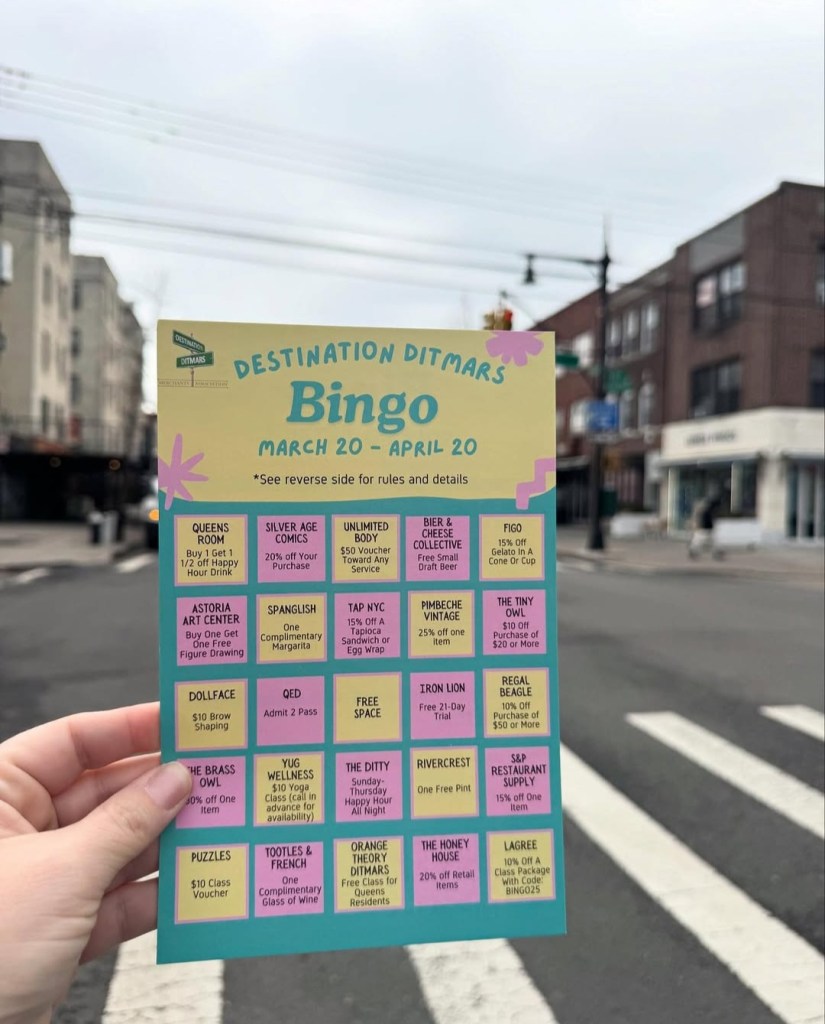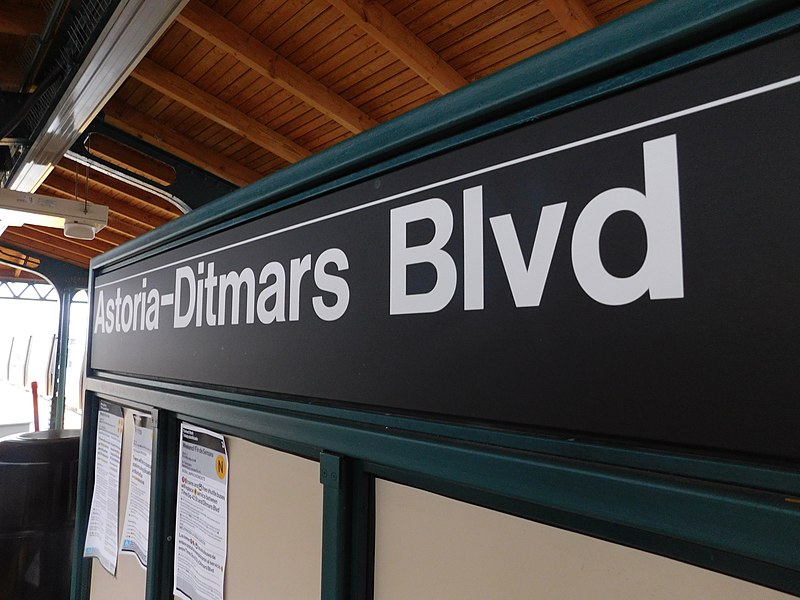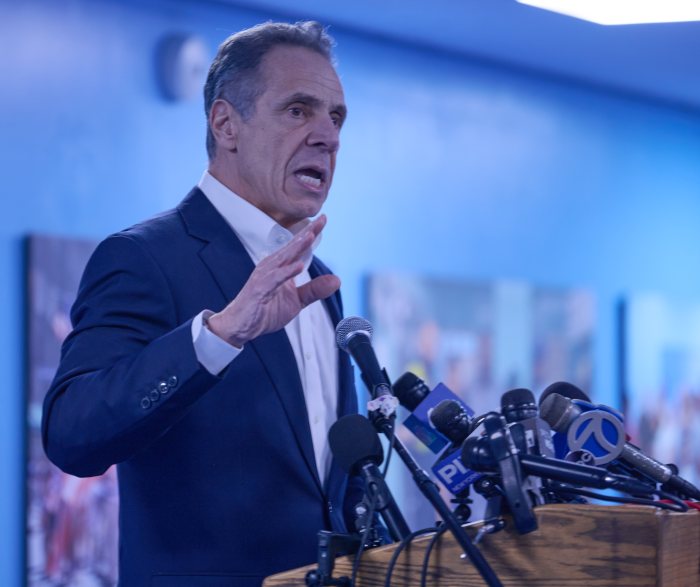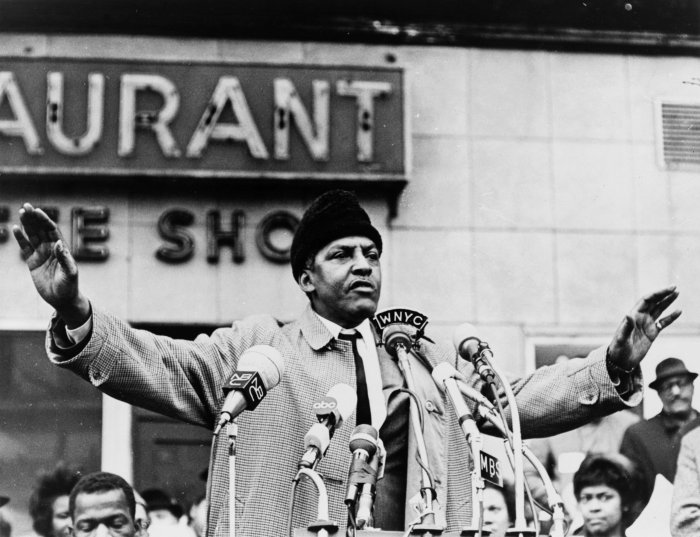Transportation Vs. Recreation In Kew Gardens
Railway or greenway? Advocates for both sides made their case for the Rockaway Beach Line’s fate to a packed house at The Center At Maple Grove in Kew Gardens for a Monday, June 18 forum sponsored by the Queens Civic Congress.
On the side of converting the line, which was formerly used by the Long Island Rail Road (LIRR), into a park were members of the Friends of The QueensWay and the Trust For Public Land, while among those seeking to reactivate the line were Assemblyman Philip Goldfeder.
“What makes any part of this city great is it’s ability to be accessed,” the lawmaker stated in his opening remarks. “What do we do about the areas of this city that we can’t move?”
“We talk about congestion. We’re not talking about 10 years ago … but let’s talk about today for a second,” he added, noting that he can spend the same amount of time traveling Cross Bay Boulevard from Far Rockaway to Ozone Park as he can spend driving from Midtown Manhattan to Long Island.
“Door to door, without exaggeration, my house to Midtown Manhattan was an hour and 46 minutes” using public transit, Goldfeder told the crowd. “For most people in Southern Queens and Rockaway, that is their reality every single day.”
The area also has its own tourist destination, he noted, specifically Rockaway Beach. He later added that despite plans for a convention center falling through, “Aqueduct [Racetrack], in the future, over the next 10 to 15 years, is going to be developed, for some purpose or another.”
Goldfeder then turned to interborough connectivity, stating that Cross Bay Boulevard, the Van Wyck Expressway and Cross Bay Boulevard are unable to handle additional traffic, and the congestion prevents employees to get to and from their jobs.
“We need to do something to prepare for the future,” he warned. “Otherwise there will be more growth.”
Restoring the Rockaway Beach line, he said, “seems to be the more obvious choice” compared to costly construction budgets.
“Let’s talk about the best environmental use for the land that we are talking about,” he stated. “The idea of talking potentially thousands and thousands of people off the road and onto public transportation is a tremendous environmental impact.”
John Rozankowski, a mass transit advocate from the Bronx, claimed that many residents of Southern Queens work in downtown Manhattan because the A train heads downtown, but with more financial jobs moving to midtown Manhattan, the reactivation of the line would help residents reach other parts of the city.
In addition, Forest Park and the borough’s cemeteries create a “green barrier” that forces some Queens residents to go through Manhattan to traverse their own borough.
Finally, reactivating the line would help college students spend more time studying and less time traveling.
“Today, our young men and women from the Rockaways need two hours to get to Queens College,” he said. “Two hours, twice a day, four, five days a week.”
“The Rockaway Line would reduce their commute from two hours to 45 minutes. Let’s do this for the young people of Queens,” he implored.
Dolores Orr, the chairperson of Community Board 14 (which serves the Rockaways), noted that her neighborhood has seen a 20 percent increase in population, thanks to recent developments such as Arverne By The Sea.
“We have a lot of new residents who are used to better transportation,” he said. “They deserve, certainly, better transportation.”
She added that currently, most Rockaway residents go to Long Island to shop instead of Queens due to the ease of transportation. The Rockaway Line could allow those residents to shop in the borough.
In addition, she pointed out that the line would help residents head south to the area. On Memorial Day weekend, 150,000 tourists came to take advantage of the area’s beaches, she claimed, but the influx of people led to congestion and parking concerns that a train line could alleviate.
Finally, she echoed Goldfeder’s remarks that the rail line could help residents of the Rockaways get to jobs at Aqueduct Racetrack and Kennedy Airport.
Vincent Castellano, also of Board 14, also referred to area traffic, calling congestion on the Van Wyck Expressway “legendary” and Belt Parkway gridlock “a disaster.”
He also explained that the trains proposed for the line won’t look like “an 1880s railroad train” but be more modern, environmentally friendly and quieter.
“That is not modern rail,” he said. “There are all kinds of options.”
For the greenway
Starting the greenway advocates’ portion of the forum was Andrea Crawford, who chairs Community Board 9 (representing Ozone Park and Woodhaven).
She began with an examination of the 3.5-mile stretch of rail passing from Forest Hills and Kew Gardens through Woodhaven and Ozone Park, claiming that much of it is currently run down and decrepit.
It was built, she added, in an era before many homes and schools were built alongside it.
“You are cutting right through the heart of central Queens,” she stated. “You are coming through an area where there are homes, there are schools.”
“This is why,” she explained, “we believe we need a park.”
Crawford then pointed to the creation of the High Line in Manhattan, which she claimed has become “an economic engine” for that part of the city.
Travis Terry, a Forest Hills resident and member of public relations firm Capalino+Company, went over the chronology of the line.
Construction of the railway began in 1880 and was completed in 1910. In 1950, a fire on a railroad trestle in Jamaica Bay resulted in the line closing south of South Ozone Park.
Citing a reduction in ridership, the Metropolitan Transportation Authority (MTA) decided to close the LIRR line due in 1962.
In 1969, the MTA drafted plans for a “Whitepot Junction Express” from Penn Station to Kennedy Airport, but a 1975 cost analysis led the agency to abandon those plans.
Finally, in 1997, the MTA decided against reactivating the line in favor of the construction of the Airtrain.
Now, the line is in “fairly poor condition,” with portions of it decaying.
In South Ozone Park, the presence of auto body repair shops in bays underneath the line could be revitalized, he added.
Frank Lupo of the Pratt Institute then went over possible plans and inspirations for the land, referencing similar projects in Paris and Chicago as well as the High Line and a proposed project in Jersey City, N.J. dubbed “The Embankment.”
The High Line “generated over $2 billion in economic stimulus” in 2011, he noted.
Park’s potential
Turning to the Rockaway Beach Line, Lupo pointed to the myriad possibilities for development: “there are different physical characteristics to this line and there are different neighborhoods on this line that all have their different characteristics.”
In Rego Park for instance, there are “opportunities to create embankment bleachers” near the Little League fields on Fleet Street, while an elevated viaduct exists below Forest Park, according to Lupo.
In South Ozone Park, the auto repair shops represent “underutilized space,” he added.
The mix of commercial, residential and open space represent “a tremendous variation and variety of experiences” that can be built along the line, Lupo added.
Finally, Andy Stone of the Trust for Public Land told the crowd that the nonprofit was “thrilled by the opportunity to create a new kind of linear park.”
He pointed out two of the three City Council districts the proposed QueensWay would pass through are in the bottom third in the amount of parkland per person, with much of the area dotted only my small playgrounds.
The QueensWay would also connect Forest Park and Jamaica Bay, which is “slowly but surely” being opened to the public.
The park also has the potential to increase the value of local homes by up to 20 percent, Stone added, and can also increase public and private investment in the neighborhoods through which it passes.
It will also help local residents stay healthier, Stone pointed out, as he claimed a majority of Queens residents are overweight. Bike lanes will allow residents to exercise and possibly commute to and from work.
Terry returned to the mic to announce that the Trust for Public Land has been commissioned by the Friends of the QueensWay to do a feasibility study of the rail line-togreen line-plan.
Locals share their vision
The meeting room at Maple Grove Cemetery had supporters on both sides. Enid Glavman, a resident of the Rockaways, spoke on behalf of the railway.
“We have no access to anything else,” she told the crowd. “I’m a dreamer too. What about the dreams for Far Rockaway and Rockaway?”
Paul Schubert, a civic activist known as the “Rockaway Tiger,” spoke on behalf of the rail line, pointing out that it could reduce the amount of cars on the road and scoffing at the possibility of commuter cycling.
“According to the Federal Transportation administration facts, the average commute is 29 miles round trip. Show me one bicycle person who does 29 miles a day to and from work,” he said.
“Our organization represents 700 homes that would literally be destroyed by this railroad,” Bernice Katz of the Forest Hills Crescents Civic Association told the crowd. “For 30 to 40 years we have successfully fought the reactivation of the Rockaway line.”
“We live in New York City. I live in the flight path of airplanes that go up and down, and I have never once asked to close JFK [airport] and put in a park,” Goldfeder countered.
Dr. Gary Goldman, a Forest Hills doctor who vocally voiced his displeasure with the railway plan all night, accused Goldfeder of pushing the rail line to help Resorts World New York, the new casino at Aqueduct Racetrack.
“We have a nice quiet neighborhood,” he told Goldfeder. “We don’t have to destroy it so your casino can make money and have customers and bring crime and drugs and prostitution to your neighborhood, like you have in Atlantic City.”


